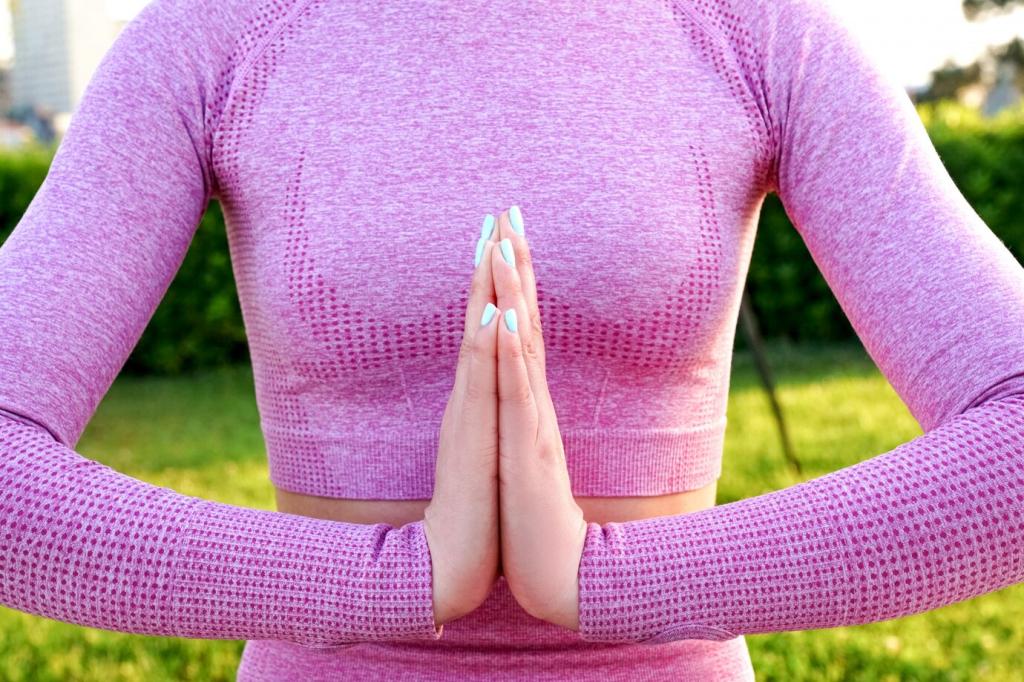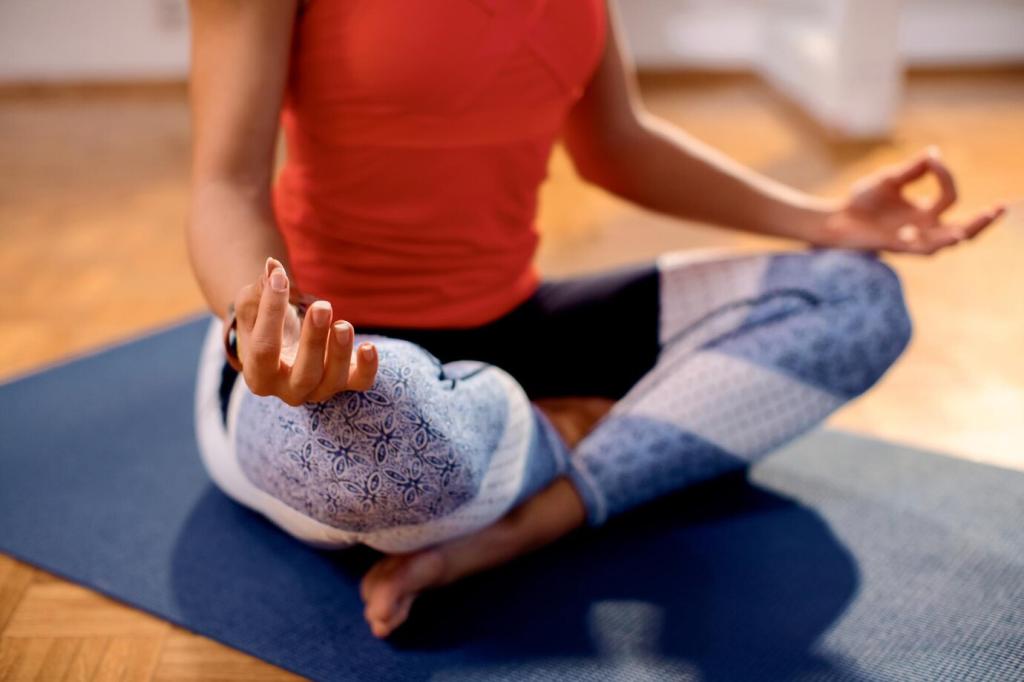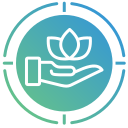
Breathing Exercises and Meditation for Better Health
Chosen theme: Breathing Exercises and Meditation for Better Health. Welcome to a calm, uplifting space where simple breaths and gentle mindfulness become daily anchors. Breathe with us, try approachable practices, and share your journey—then subscribe for weekly prompts that help your body settle and your mind feel vividly alive.
Why Breath and Mindfulness Matter
Slow, steady breathing can nudge the vagus nerve, improving heart rate variability and calming stress responses. Around five to six breaths per minute often supports this shift. It is a small behavioral change with outsized physiological impact. Curious? Try it today and tell us how your body responds in the comments.
Why Breath and Mindfulness Matter
Meditation helps regulate attention, reduces rumination, and can soften amygdala reactivity to stress. When paired with breath awareness, you gain two anchors: one in the body, one in the mind. This synergy builds a reliable calm you can return to anywhere. Subscribe for mindful experiments that take minutes, not hours.


Foundations: Posture, Diaphragm, and Nasal Breathing
Sit tall like you are being lifted from the crown, ribs soft, shoulders wide but relaxed, and feet grounded. Let your jaw unclench and tongue rest on the palate. This alignment frees the diaphragm to descend. Notice the belly’s quiet rise. Post your favorite posture reminder so others can try it too.

Inhale four, hold four, exhale four, hold four—steady, square, and calm. Repeat for three to five minutes. Box breathing can sharpen focus before meetings or study sessions. If holds feel tense, shorten them. After your session, comment with one word describing your mood; collect those words to track progress.

Meditation Styles That Pair With Breathwork
Sit comfortably and notice the natural breath at the nostrils or belly. When attention wanders, return gently—no drama, only kindness. Five minutes counts. Over days, you may feel steadier during stress. Tell us what anchor point felt clearest, and we will share tips for refining that sensation.


Morning energizer
Begin with three minutes of coherent breathing, then sit for a brief, bright mindfulness session naming three intentions. Keep exhales balanced, not overly long. This combination wakes attention without jitter. What intention lifted your morning? Share it so someone else can borrow your spark tomorrow.

Midday reset with a cyclic sigh
Use a double inhale through the nose, second sip smaller, then a long, unforced exhale through the mouth or nose. Repeat five to ten times to release tension quickly. Afterward, close your eyes for thirty seconds. Comment where you felt the release—jaw, shoulders, or chest—so others can notice too.

Evening wind-down for deeper sleep
Dim lights, place your phone away, then practice 4–7–8 or an even slower exhale-focused breath for five minutes. Follow with a gentle body scan. Keep curiosity, not perfection. Track sleep quality for one week and report back; your notes help refine these shared, supportive routines.
Anchor practice to existing routines: after brushing teeth, before opening email, or when the kettle boils. Set two-minute minimums to lower friction. Celebrate streaks, forgive misses quickly. Post your anchor choice below to inspire a chain of tiny, doable commitments across our community.
Tracking Progress and Staying Consistent
Watch for gentler self-talk, fewer urgent sighs, easier transitions between tasks, and steadier energy midafternoon. If you track heart rate variability or sleep, note any shifts. Your subjective experience matters most. Share one unexpected benefit you observed—those surprises often ignite someone else’s consistency.
Tracking Progress and Staying Consistent
Safety, Accessibility, and When to Seek Help
Start gently and adapt
If holds create discomfort, shorten or remove them. If dizziness appears, pause, breathe naturally, and resume later at a softer pace. Comfort is a skill, not a test. Tell us which adjustments helped you feel safer; your wisdom helps others craft kinder starting points.
Consider your unique context
If you live with respiratory, cardiovascular, or mental health conditions, collaborate with your clinician when exploring new practices. Begin with brief, low-intensity sessions and clear stop signals. Your health history matters. Share any professional guidance you received that others might discuss with their own providers.
Kindness over perfection
You are learning to partner with your breath, not control it. Missed a day? Start with one slow inhale and an unhurried exhale right now. Then subscribe to gentle reminders. Tell us how you returned after a setback—those stories are the quiet backbone of lasting better health.
